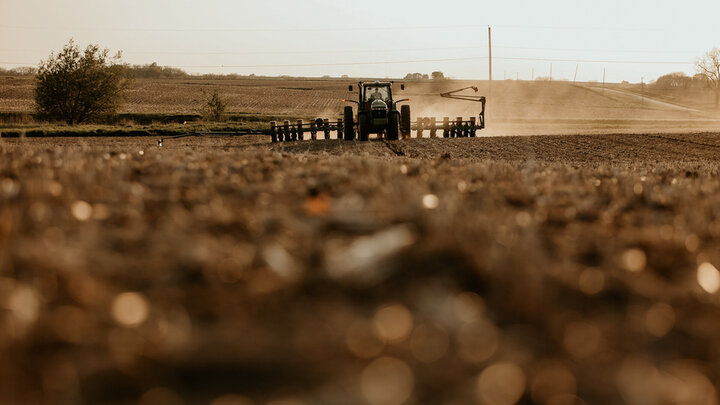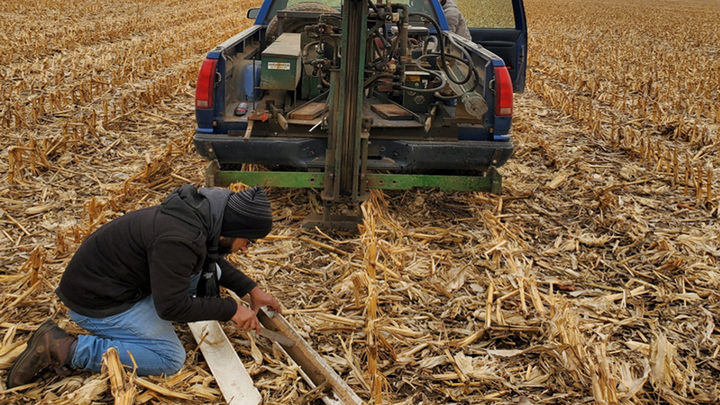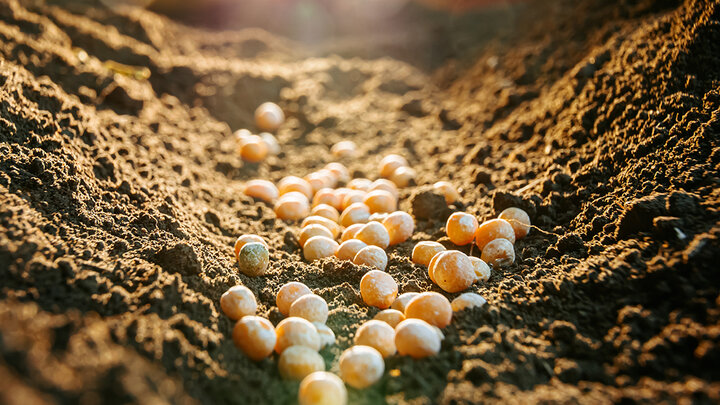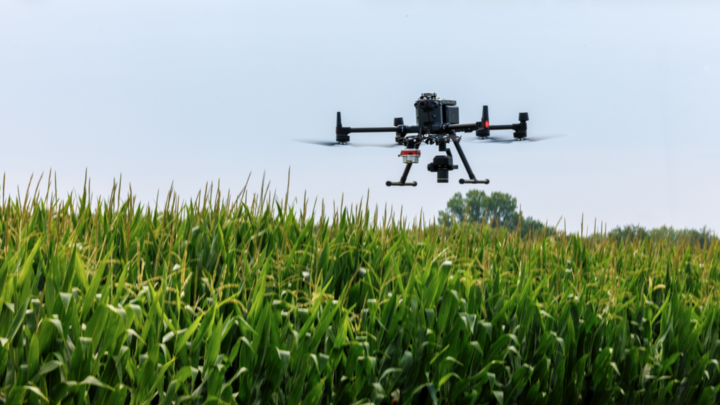
Managing Post-Hail Threats from Disease and Insects
By Justin McMechan, Crop Protection and Cropping Systems Specialist
Hail damage to plants can increase the likelihood of inoculation of some plant pathogens and infestation of some insect pests. These organisms can increase yield losses and, in some cases, make grain unmarketable.
Implications for Disease Management
Hail damage in corn or soybeans can increase the risk of bacterial pathogens. Unlike fungal pathogens, many bacterial pathogens need open wounds to invade a plant. Once in the plant, pathogens such as Goss’s wilt cannot be controlled with a pesticide. Chemicals such as cupric hydroxides have been shown to prevent new bacterial infections, but they only act preventatively (Markell et al. 2016). In addition, the need for frequent applications to prevent bacterial infection lessens the likelihood of an economic benefit.
Studies have been conducted in corn and soybeans to evaluate the effectiveness of fungicides and insecticides in hail-damaged fields. Sisson et al. (2016) conducted a three-year hail study in reproductive stage soybeans to evaluate use of a fungicide (strobilurin) and/or insecticide (pyrethroid) before or after a simulated hail event and found little to no yield-preserving benefits. In addition, the same study found no differences in fungal disease presence with or without hail. These results indicate that hail damage to plants does not increase the risk for fungal plant pathogens. In corn hailed at the V12 stage and treated with a foliar fungicide at VT, a lack of yield-preserving benefits were found (Bradley and Ames 2010). These studies would indicate that hail should not be considered as a factor when making a fungicide application decision in corn or soybeans fields.
Implications for Insect Management
Hail damage during reproductive stages of corn can increase the likelihood of infestation of sap beetles. These beetles often congregate in hail-damaged corn fields because they are attracted to ripe, damaged, or decomposing plant material (McCoy and Brindley 1961). The insects themselves cause little damage but they vector toxigenic fungi, such as Aspergillus, Penicillium, and Fusarium (Dowd 1995). Limited information is available on the management of sap beetles because of their minor importance in corn. Effective control in field corn requires multiple applications, making this management economically unfeasible. Fields impacted by hail during ear development need to be monitored closely for secondary pathogens and mycotoxins. Mycotoxins are of considerable concern as contaminated grain or feed can result in livestock illness or death, and pose a potential threat to human health (Robertson et al. 2011).
References
Bradley, C. A. and K. A. Ames. 2010. Effect of foliar fungicides on corn with simulated hail damage. Plant Disease 94:83-86.
Dowd, P. F. 1995. Sap Beetles and Mycotoxins in Maize. Food Additives & Contaminants 12(3): 497–508.
Markell, S., A. Friskop, J. Ransom. 2016. Fungicide use on hail damaged corn and soybeans. Crop and Pest Report. North Dakota State University.
McCoy, C. E., and T. A. Brindley. 1961. Biology of the Four-Spotted Fungus Beetle, Glischrochilus Q. Quadrisignatus and Its Effect on European Corn Borer Populations. Journal of Economic Entomology. 54(4): 713–717.
Robertson, A. E., G. P. Munkvold, C. R. Hurburgh, and S. Ensley. 2011. Effects of Natural Hail Damage on Ear Rots, Mycotoxins, and Grain Quality Characteristics of Corn. Agronomy Journal. 103: 193–99.
Sisson, A. J, Y. R. Kandel, C. E. Hart, C. E. Asmus, S. N. Wiggs, and D. S. Mueller, 2016. Effect of foliar fungicide and insecticide on hail-damaged soybean. Plant Health Progress. 17:141-148.
Infographic: Managing a Recovering Crop >

MEET THE TEAM
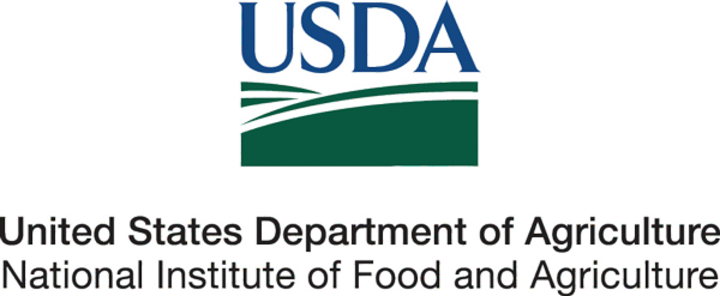
This project was funded by a USDA National Institute of Food & Agriculture Smith-Lever Special Needs Grant with matching funds from the University of Nebraska–Lincoln.
